Clipart tagged: ‘Nineveh’

Feloher from Nineveh
"One of an order of beings, the life-principles or geniuses or tutelary spirits of living beings, believed…
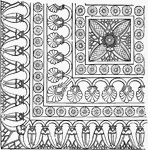
Part of the Floor Decoration from North Palace, Nineveh
This portion of a pavement-slab in the North Palace at Nineveh has a certain accordance with the Grecian…

Guilloche Ornament Painted on Burnt Clay, from the Ruins of Nineveh
Guilloche, usually spelled without the acute accent on the final e, describes a repetitive architectural…

Ivory Carving
"Plaque; apparently used for inlaying, Nineveh collection." — The Encyclopedia Britannica, 1893
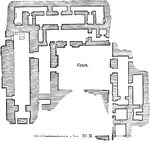
Floor Plan of the Palace at Nimrud
One peculiarity is visible in all Assyrian buildings, namely, that all the chambers are very narrow…
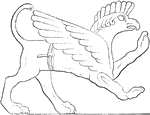
Sculptured Griffin from the Sculptures in the Ruins of Nineveh
A representation of an Assyrian griffin that adorned their buildings prior to the Persian conquest.
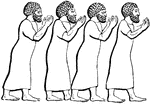
Sennacherib
Figures from the palace of Sennacherib, located in Kouyunjik, Nineveh (ancient Assyria).
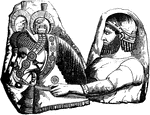
Warrior and horses
An engraving of a warrior and horses from the mound of Khorsabad, Nineveh. (Capital of ancient Assyria).




